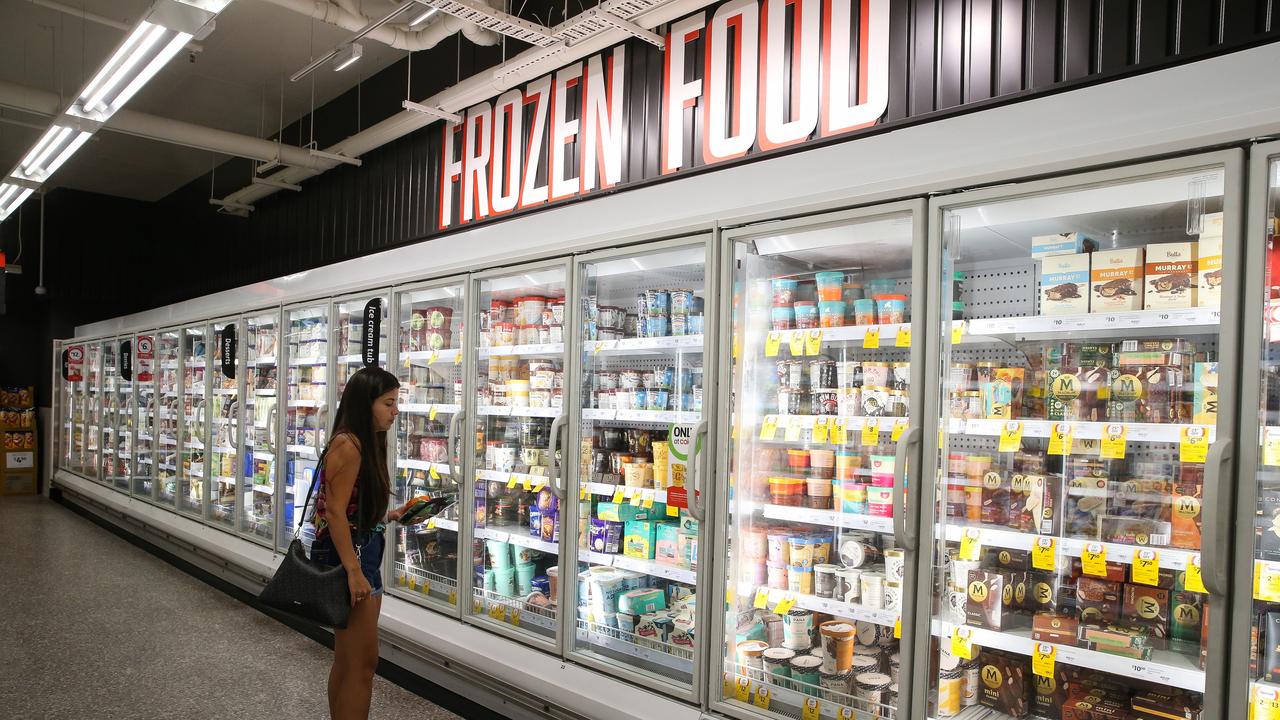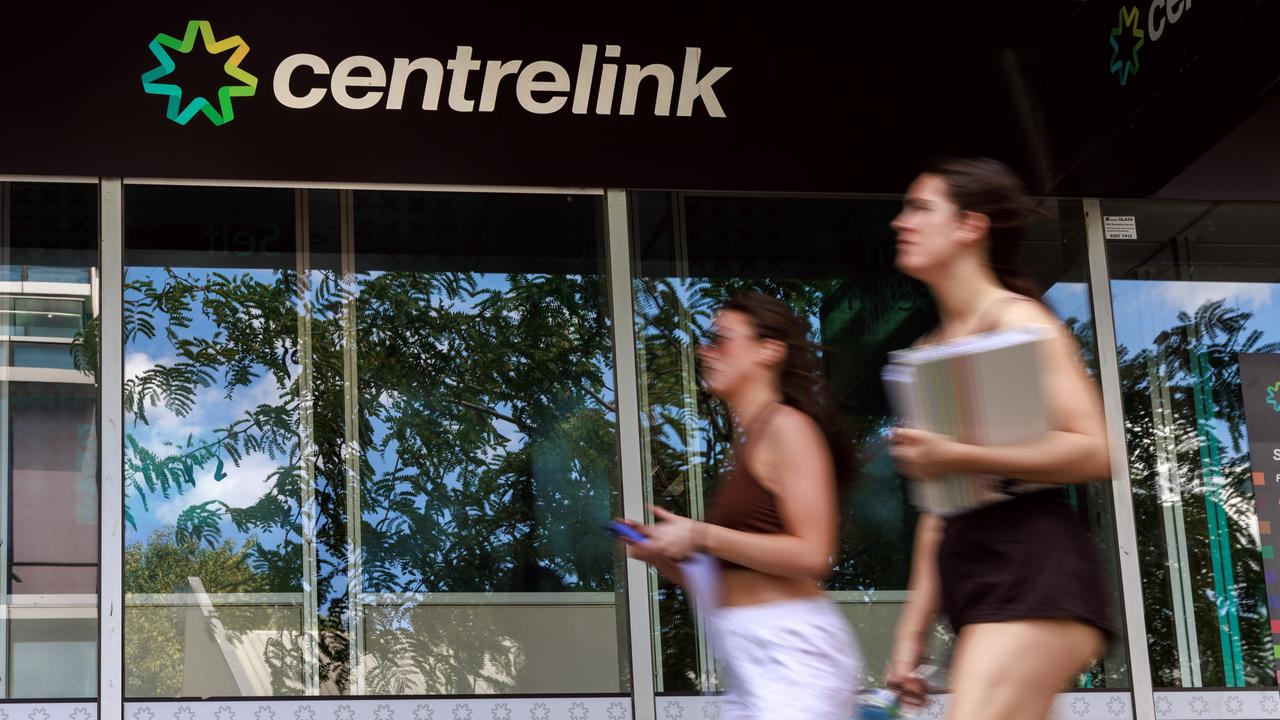New chart reveals Australia’s worrying financial situation
There are three things conspiring to make Australians suffer and it paints a terrifying story for our financial future.

At first it was just anecdotes. People were talking about struggling to make ends meet, but they were isolated cases. Now however? The suffering is widespread enough to show up in official statistics.
There are three signs that signal how tough it is for Australians right now.
1. Aussies are slashing their spending
Aussies are struggling desperately in an economy where interest rate rises and inflation are crushing them. And they are doing what people always do in a tough economy – cutting spending.
Australians are spending far less money at the shops than this time last year.
This chart from ANZ tells a terrifying story. People have slashed their spending, especially discretionary spending.
Spending is 12 per cent lower on services, for example, and 7 per cent lower on health and fitness, compared to last year.
Grocery spending is up, but that’s likely to be because prices are higher, and because people are eating out less and eating at home more.
But what goes round comes round. One person’s spending is another person’s income – especially when you’re talking about services.
Spending less on plumbers, cleaners, haircuts, Jim’s Mowing, accountants, nail salons, electricians, etc, means less money being earned by those professions.
This is the “paradox of thrift” – it makes sense to spend less if tough times are coming, but when we all do it at the same time, it creates those tough times.

Spending is way down compared to last year: people are tightening their belts. This is despite *prices* being higher: we really are buying less.
The official ABS retail trade statistics confirm what the ANZ numbers above are showing: spending has turned ice cold, with the slowdown particularly pronounced in Queensland. The Sunshine State is putting spending on ice.
2. Wages are dropping
We are starting to see early evidence of falling wages and employment too. The official stats still look OK for now, but some private sector indicators are flashing warning lights. The Employment Hero SME Index, for example, finds employment growth weakening and wages falling.
Wages growth is falling, and so is employment: “Average employment growth and median hourly wages declined concurrently in February 2023 for the first time since the Employment Hero SME Index launched in July 2022.
“Between January and February 2023, the average employment growth dropped by -0.1 per cent as median hourly wages fell by -1.5 per cent.”

Jobs website SEEK also tracks advertised salaries, it says salaries are still growing but growth has “flattened out” and is not enough to keep up with inflation.
“The fact that advertised salaries continue to lag inflation does mean workers are facing a cost-of-living crunch,” said SEEK economist Matt Cowgill.
3. Banks seeing stress
Most Aussies are in good shape when it comes to their loans.
Many households got very far ahead on repayments when the government was handing out money in the depths of the pandemic. These people are in a position to handle the enormous surge in repayments. But “most” is not the same as “all”.
There is a group of borrowers that are not ahead on their repayments. They may have got their loan recently, or lost their job, or they may have borrowed too much in the first place.
And banks are now admitting that some of their customers are stressed.
The Australian Financial Review published a story on it just this week, where a senior banker revealed “a subset of customers is starting to feel the pinch, and are getting more worried about their financial future”.
No wonder, when rate rises have added as much as $1000 a month to mortgage repayments. And for some borrowers, that number hasn’t crept up slowly, it has hit them all in one big shock when their fixed rate mortgage finished.
The tough times are here for real now: the full impact of them is slowly dawning over the Australian economy and the only real question now is how bad they will get before the fight against inflation is over.
Jason Murphy is an economist | @jasemurphy. He is the author of the book Incentivology.






